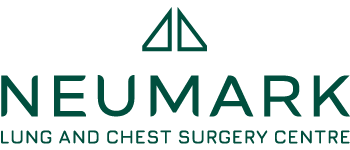For many adults with pectus excavatum, it’s more than just a cosmetic issue. That inward dip of the breastbone can become a source of ongoing discomfort, breathlessness and self-consciousness as the years go by. Luckily, surgical options are now safe and effective for adult patients seeking long-term relief.
At Neumark Lung & Chest Surgery Centre, we are at the forefront of thoracic innovation, including the latest advancements in pectus excavatum surgery for adults, such as the new Sternal ZipFix™ System for Nuss bar fixation.
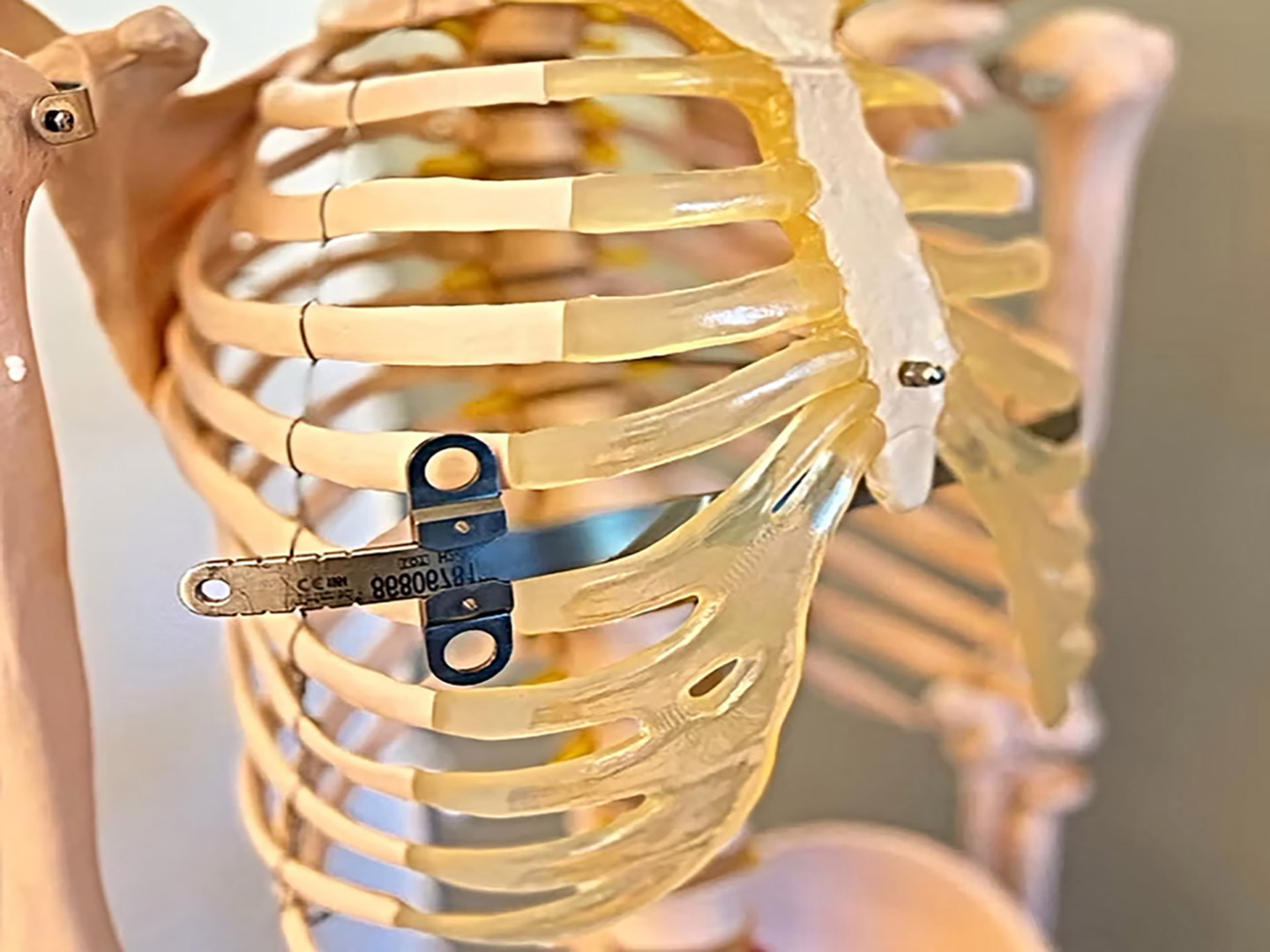
What is Pectus Excavatum?
Pectus excavatum is a congenital chest wall deformity where the breastbone – the sternum – grows inward, creating a sunken appearance in the chest. It is the most common chest wall abnormality and is more common in males. Most children with pectus excavatum do not have significant health issues, but the condition can progress and become more symptomatic in adulthood.
Although pectus excavatum is sometimes mild and purely cosmetic, in many adults, it can cause physical symptoms such as reduced stamina, shortness of breath, chest pain and poor posture. For some, it can also affect heart and lung function due to compression in the chest cavity.
Studies have shown that cardiopulmonary function often improves after surgical correction of pectus excavatum. On top of the physical symptoms, the psychological impact – from low self-esteem to social withdrawal – should not be underestimated.
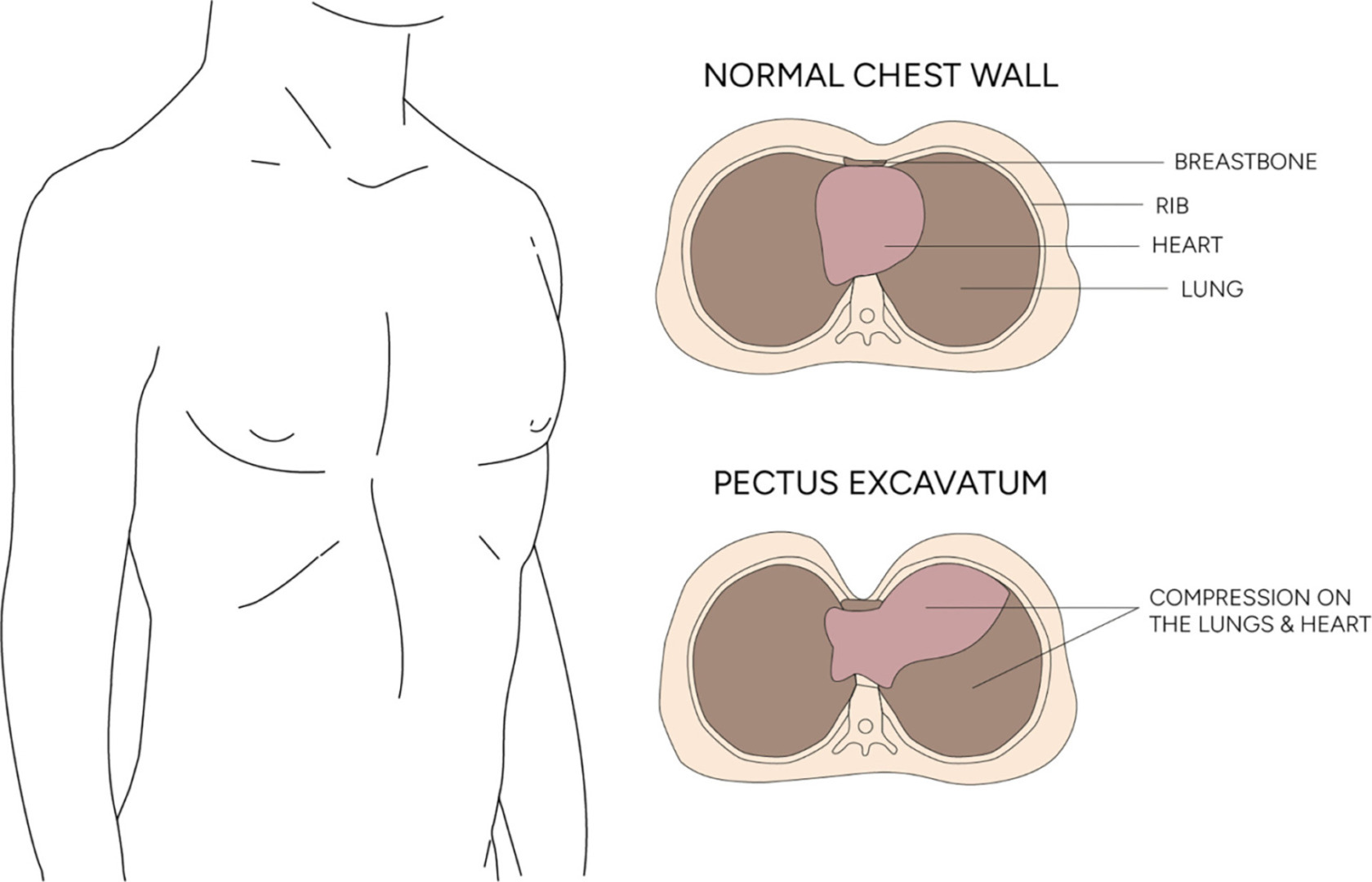
Causes and Symptoms of Pectus Excavatum
While the exact cause is unknown, pectus excavatum is believed to result from the abnormal growth of the ribs and sternum, leading to a sunken breastbone.
Symptoms of pectus excavatum can vary greatly. Some people may only notice a slight indentation, while others may experience chest pain, shortness of breath or reduced exercise tolerance. In severe cases, the sunken chest can compress the heart or lungs, making physical activity more challenging. Adult patients with pectus excavatum may also experience fatigue and discomfort, which can impact both their physical and emotional well-being.

How Pectus Excavatum Is Assessed
A thorough diagnostic workup is essential to determine the best approach for pectus excavatum surgery. The process starts with a physical examination to assess the chest wall and extent of the sunken breastbone. Imaging studies such as a chest X-ray or CT scan provide detailed views of the chest cavity and help evaluate the severity of the chest deformity.
Pulmonary function tests can be conducted to assess lung function and identify any limitations resulting from the deformity. The Haller index, which uses data from CT scan measurements, is a key tool for quantifying the severity of pectus excavatum and guiding decisions on surgical repair.
For some patients, especially those with symptoms suggestive of heart involvement, cardiac evaluations like echocardiograms are recommended to check for conditions like mitral valve prolapse and to ensure the heart is functioning properly.
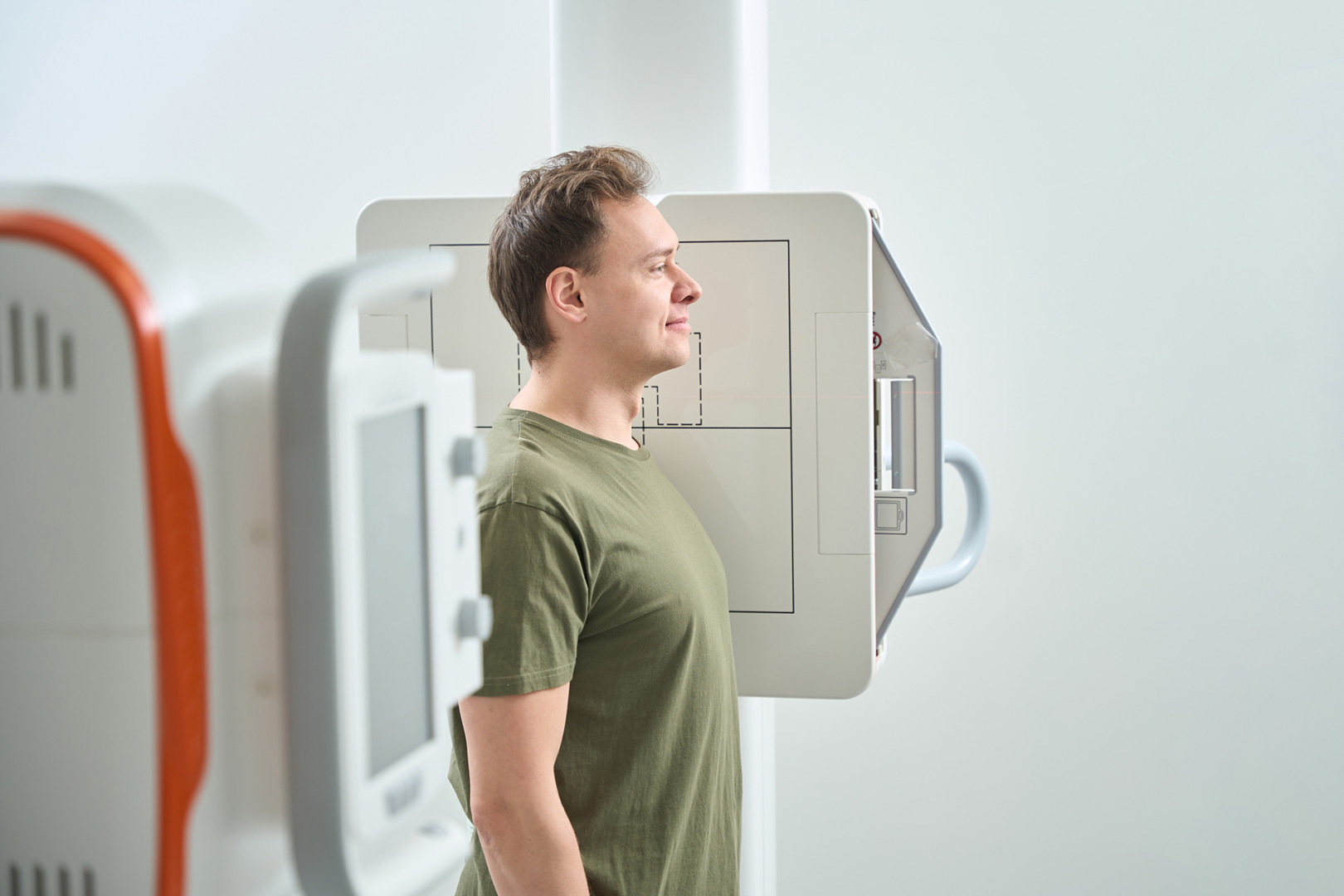
Why Surgery Is Necessary in Adults
Unlike children or teenagers whose chest walls are still malleable and respond well to bracing or early surgical correction, adult patients present unique challenges. Almost always, the bones are harder, the deformity is more pronounced, and the surrounding tissues are less forgiving.
Thankfully, surgery for pectus excavatum in adults has made significant advancements in recent years, particularly with the development of minimally invasive techniques. When the patient has functional limitations, moderate to severe cosmetic concerns or psychosocial distress due to the deformity, surgery is an option.
Patient satisfaction rates are high after corrective surgery, with many adults reporting improved self-esteem and social functioning.
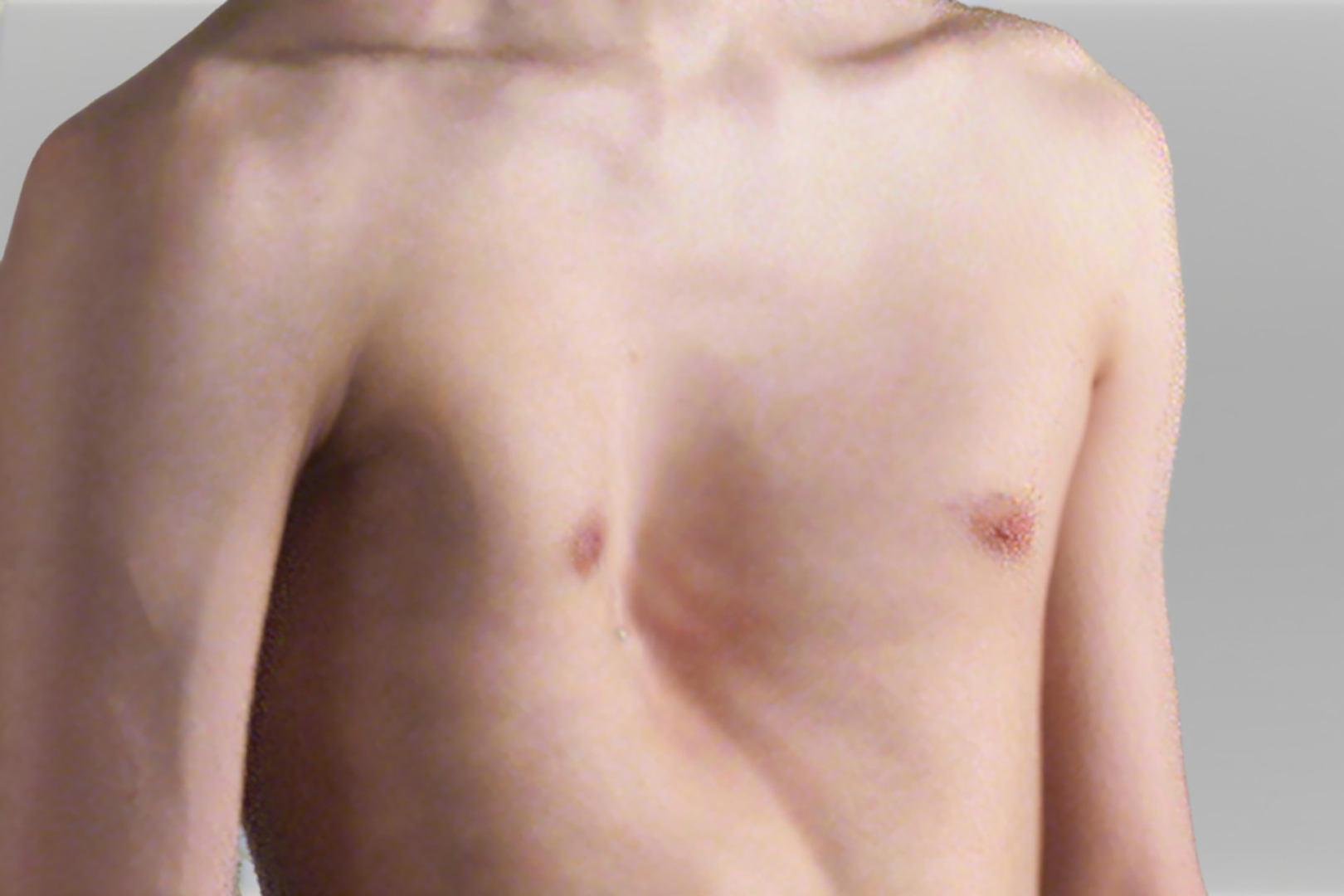
Getting Ready for Surgery
Preparing for pectus excavatum surgery involves more than just booking a date. It sets the stage for a smooth procedure and recovery. Before surgery, patients undergo a thorough health assessment, which includes a review of their medical history and any underlying conditions. Smoking cessation is strongly advised as it can improve healing and reduce complications.
Physical therapy may be recommended in the weeks leading up to surgery to enhance chest mobility and strengthen respiratory muscles, which can aid in the recovery process. Patients are also advised to avoid heavy lifting and strenuous exercise for at least 24 hours before their procedure. Additional lung function tests may be performed to ensure the chest and lungs are ready for surgery. By following these preoperative guidelines, patients can help ensure the best possible outcome from their pectus excavatum surgery.

The Nuss Procedure for Adults
The gold standard for minimally invasive correction is the Nuss procedure. Originally developed for younger patients, it involves inserting one or more curved metal bars, also known as Nuss bars, under the sternum to push it outward, gradually remodelling the chest wall.
Nuss procedures are a form of minimally invasive repair for pectus excavatum, utilising a metal bar or metal strut to help reposition the breastbone into a more normal position. The bars stay in place for a few years and are then removed once the chest has assumed its new shape. This minimally invasive operation uses smaller incisions, typically under each arm, compared to the larger incisions required in traditional open surgery.
Modifying the Nuss technique for adults requires more finesse. Adult ribcages are stiffer and may need more stabilisation. For pectus excavatum repair and pectus repair in adults, surgeons may use additional hardware or modifications to achieve optimal results. To address this, surgeons have begun to utilise advanced bar fixation systems, such as ZipFix, a modern method that enhances safety and stability during and after the procedure.
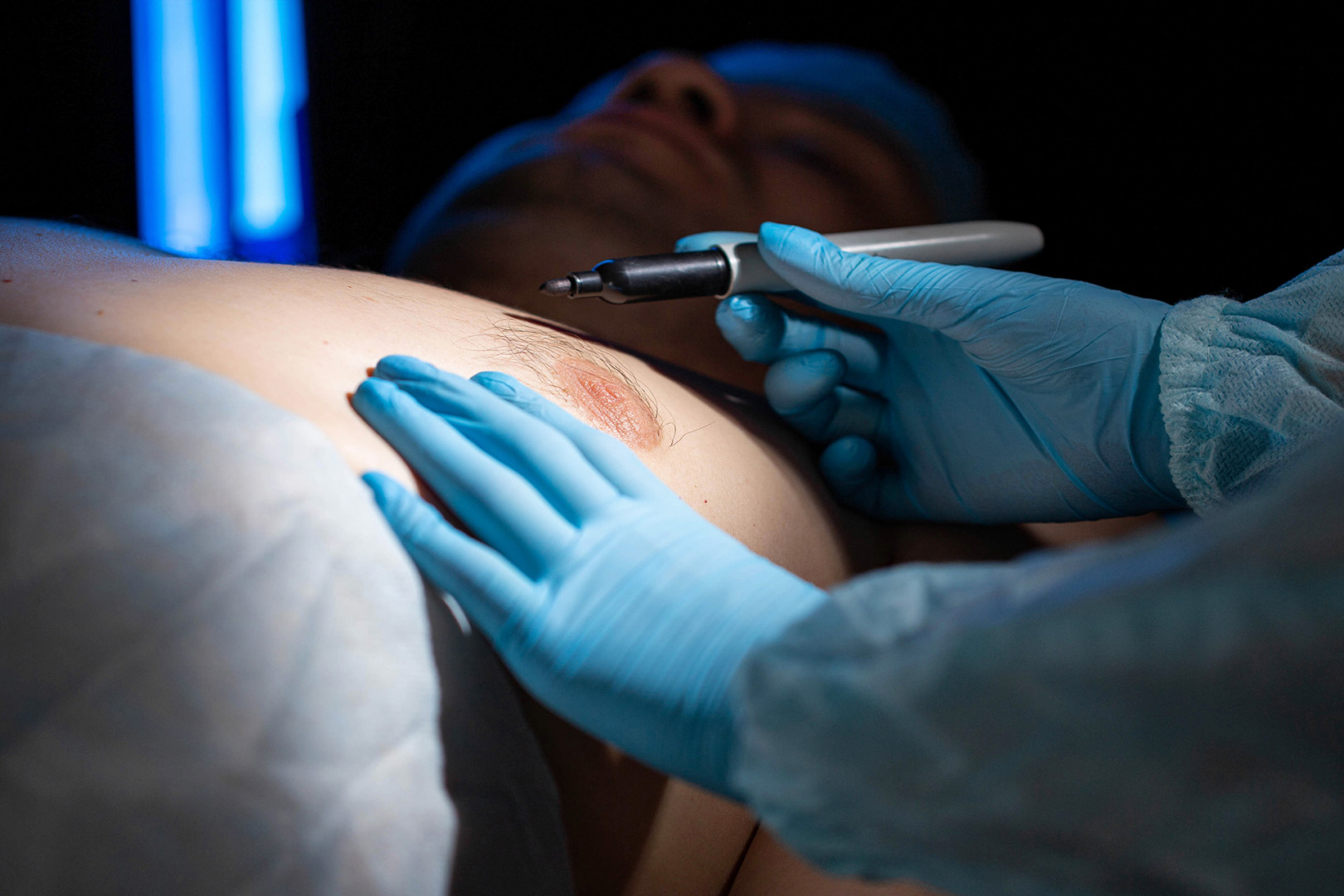
How Does ZipFix Support Pectus Excavatum Surgery?
ZipFix is a strong, flexible alternative that minimises complications and improves surgical outcomes. It is a modern cable-tie-like system that secures the metal support bars used in the Nuss procedure. Traditionally, metal wires were used to secure these bars in place, but this came with risks: wire breakage, shifting and postoperative discomfort were common.
ZipFix simplifies bar placement, reduces operative time, and enhances long-term bar stability without the downsides of rigid fixation. The system’s biocompatible materials also minimise tissue irritation and facilitate a smoother recovery process, which is a big advantage for adult patients who may have longer healing times compared to younger patients.
Neumark Lung & Chest Surgery Centre is one of the few centres in the region using this technology as part of our adult pectus excavatum surgical programme. Patients benefit from shorter hospital stays, fewer complications and better chest wall symmetry thanks to the combination of the refined Nuss procedure and ZipFix bar fixation.
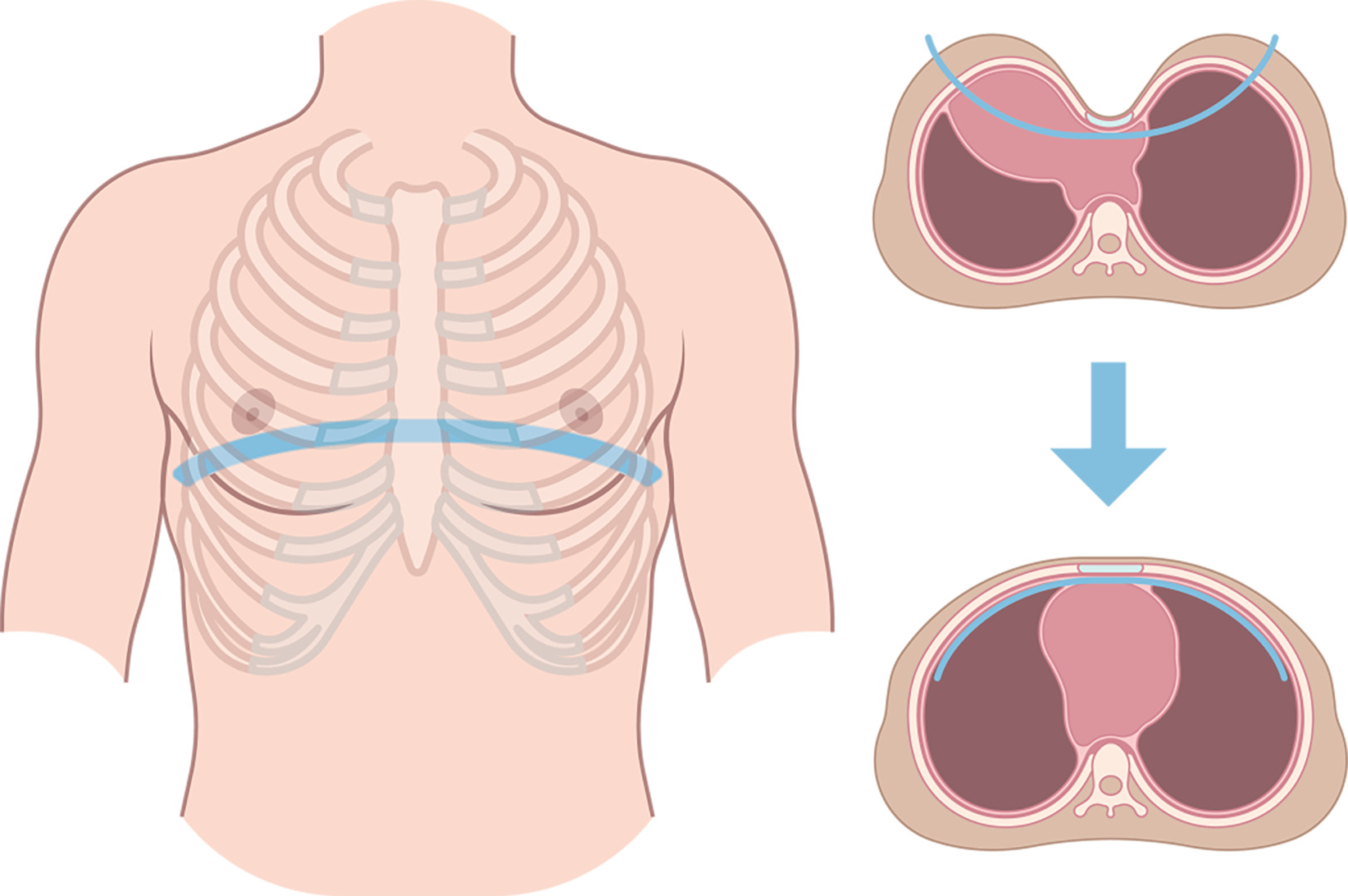
Complications of Pectus Excavatum Surgery
While pectus excavatum surgery is generally safe and successful in most patients, it’s essential to be aware of potential complications. These can include wound infections, bleeding and respiratory issues such as pneumothorax. Rarely, more serious life-threatening complications like cardiac arrest or severe bleeding can occur, especially in patients with underlying medical conditions or connective tissue disorders.
The use of metal bars or struts introduces additional risks, including bar displacement or infection around the hardware. However, advances in surgical technique and careful postoperative care have reduced these risks. By choosing an experienced surgical team and following all postoperative instructions, patients can minimise the risk of complications and support a smooth recovery.
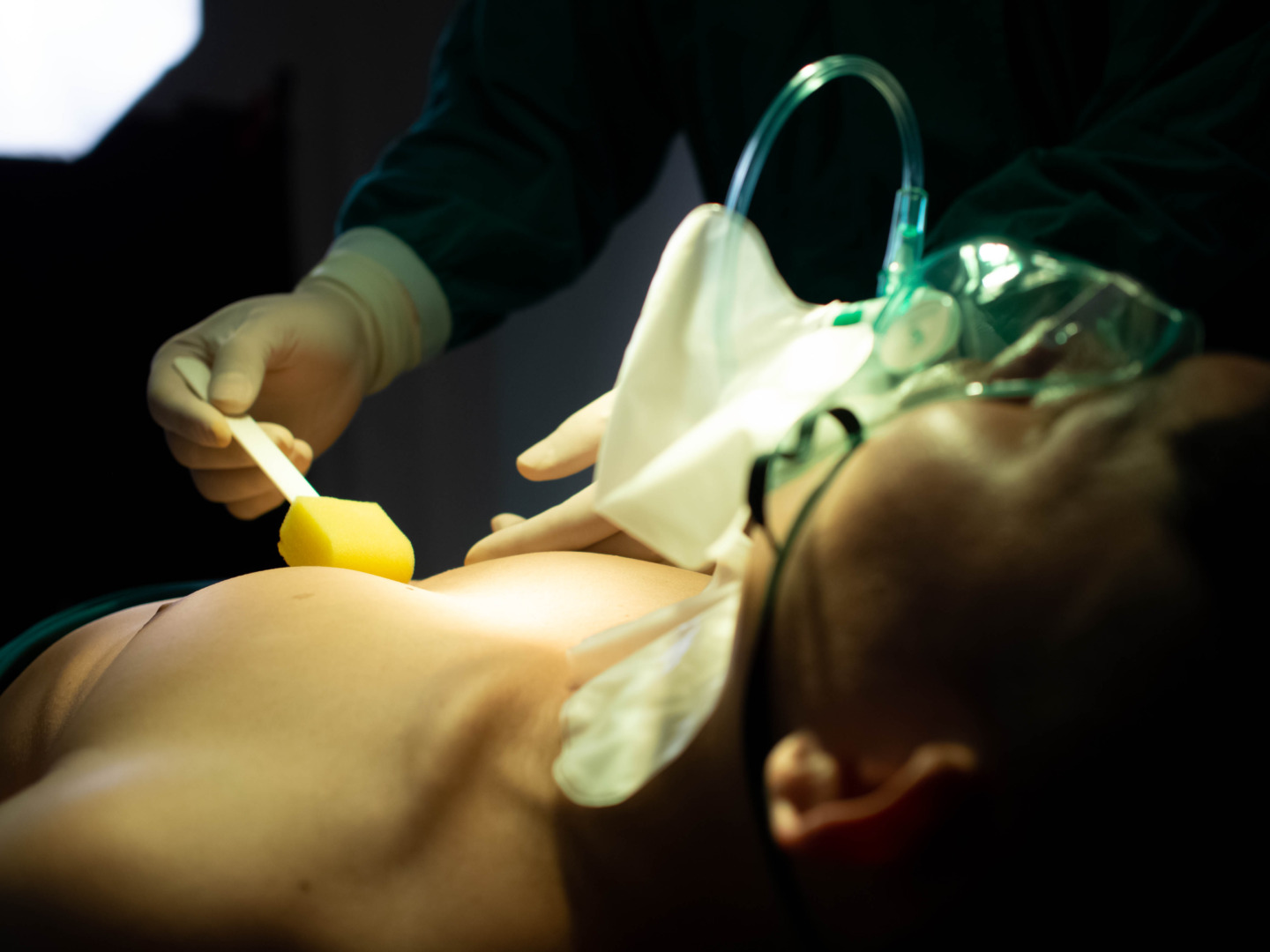
Pain Management After Surgery
Most patients will have some degree of chest pain and discomfort after the procedure, but modern pain control makes this manageable. Medications like narcotics and non-steroidal anti-inflammatory drugs (NSAIDs) can all be part of a pain management plan that can be built out even before surgery.
The minimally invasive Nuss procedure reduces postoperative pain compared to open surgery. Patients are encouraged to perform gentle postoperative exercises to improve chest mobility and reduce the risk of complications. With effective pain management and a supportive care team, most patients find that their discomfort subsides quickly, allowing them to focus on healing and enjoying the improved quality of life that comes with a corrected chest wall.
What to Expect During Recovery
Recovery from pectus excavatum surgery for adults takes slightly longer than for adolescents, but most patients are up and walking within one to two days of surgery. Pain is managed with modern multimodal analgesia protocols, and patients can often return to work or light activity within 2 to 4 weeks.
Avoid high-impact or strenuous chest activity for the first few months while the bar settles in. Regular follow-up visits ensure the bar is in the proper position and monitor the healing process. After 2 to 3 years, the bar is removed in a day surgery procedure, leaving the chest permanently corrected.
Patients often report not only physical improvements, such as improved breathing, exercise tolerance and posture but also a significant psychological boost. Standing taller, breathing deeper and feeling more confident in one’s appearance can be life-changing.
Pectus Excavatum Surgery for Adults Cost
Cost is a big consideration for many patients when deciding to have surgery. The total cost of pectus excavatum surgery for adults can vary depending on the complexity of the case, the hospital, and whether advanced fixation methods, such as ZipFix, are used. In Singapore and at Neumark, patients can expect a breakdown of costs, including surgical fees, hospitalisation, anaesthesia, post-operative care and follow-up reviews. Due to these many variables, it’s impossible to give a fair estimate of pectus excavatum surgery.
Although the upfront cost may be high, surgery often yields long-term improvements in health and quality of life. From reduced healthcare utilisation due to fewer respiratory complaints to the emotional benefits of feeling more confident in one’s appearance, many patients consider the results worth it.
Some insurance providers may cover pectus excavatum surgery for adults if the condition is associated with documented physical symptoms or cardiopulmonary impairment. In these cases, they often request diagnostic tests to assess heart and lung function. Our administrative team can assist patients with claims and options.
Is Pectus Excavatum Surgery Right for You?
Whether you’re dealing with breathing limitations, fatigue, or emotional strain due to the appearance of your chest, know that there are options that can help. If you’re ready to explore whether pectus excavatum surgery for adults is right for you, we invite you to get in touch. Our team at Neumark Lung & Chest Surgery Centre is here to answer any questions you may have.
